A Modern Night’s Dream

My capstone project concerns the dream ballet, which is usually a trope inserted into a musical, initiated by a protagonist falling asleep, entering a hallucinatory state, or otherwise exiting the realm of logic which the frame of the musical has declared as reality. In most cases, the dream ballet incorporates ballet as well as other forms of dance, lasts at least three minutes if not longer, is absent of speech of any kind, and depends on instrumental motifs already incorporated into the musical. My work takes the dream ballet out of the frame of musical theater, and provokes an investigation of repression, sexuality, and self-exploration that implies a “reality” that is absent from the performance of the work. In essence, the piece explores an interior that has no exterior, and asks what a dream ballet can do on its own.
Introducing Izzy
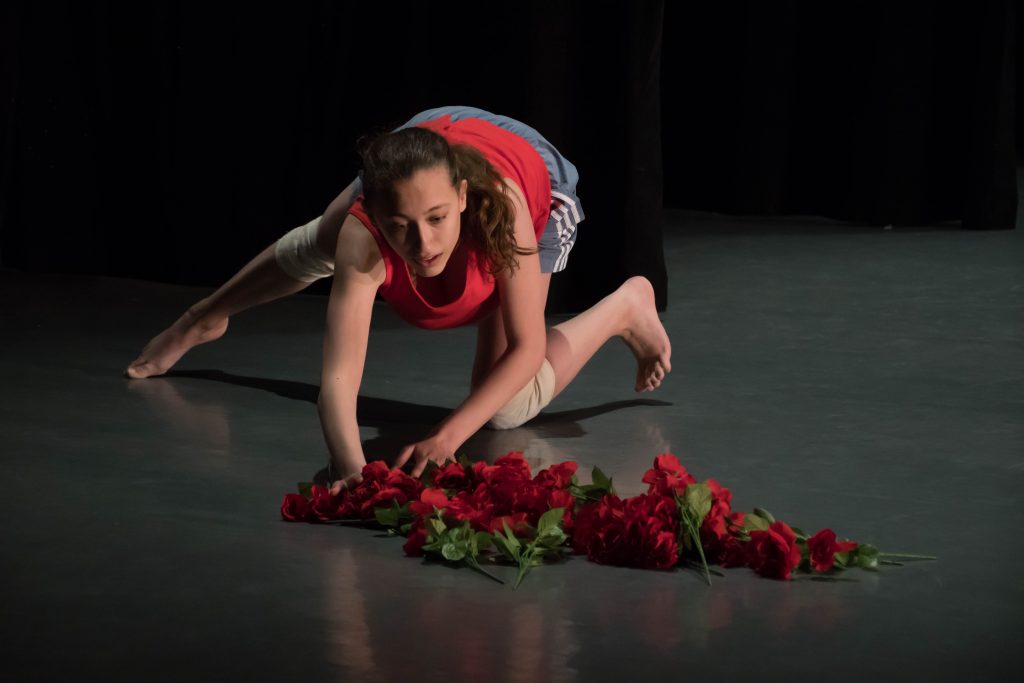
Izzy Kalodner hails from South Orange, New Jersey, where she trained with New Jersey School of Ballet. During her four years at Mount Holyoke she has performed in works by Margaret Wiss, Rodger Blum, and Pare by Barbie Diewald, as well as works by student choreographers such as Olivia Chandler and Izzy Thompson-Pomeroy. In her study of English literature, she focuses on manifestations of the gothic in Jewish fiction and fantasy, and traces these same concepts in her dance work. At Mount Holyoke, she has worked as a Dance Department Student representative with an eye towards anti-racist practices and increasing student-faculty communication. She will be graduating this year with a BA in Dance and English.
Introducing the Cast
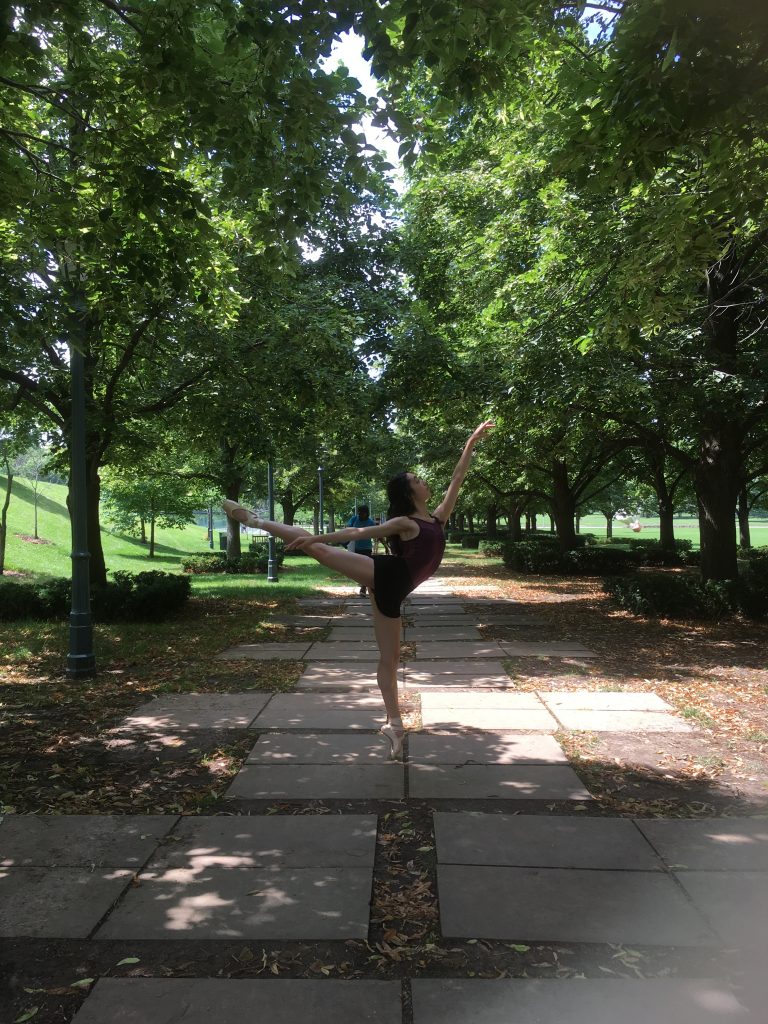
Isabela Haskell, she/her 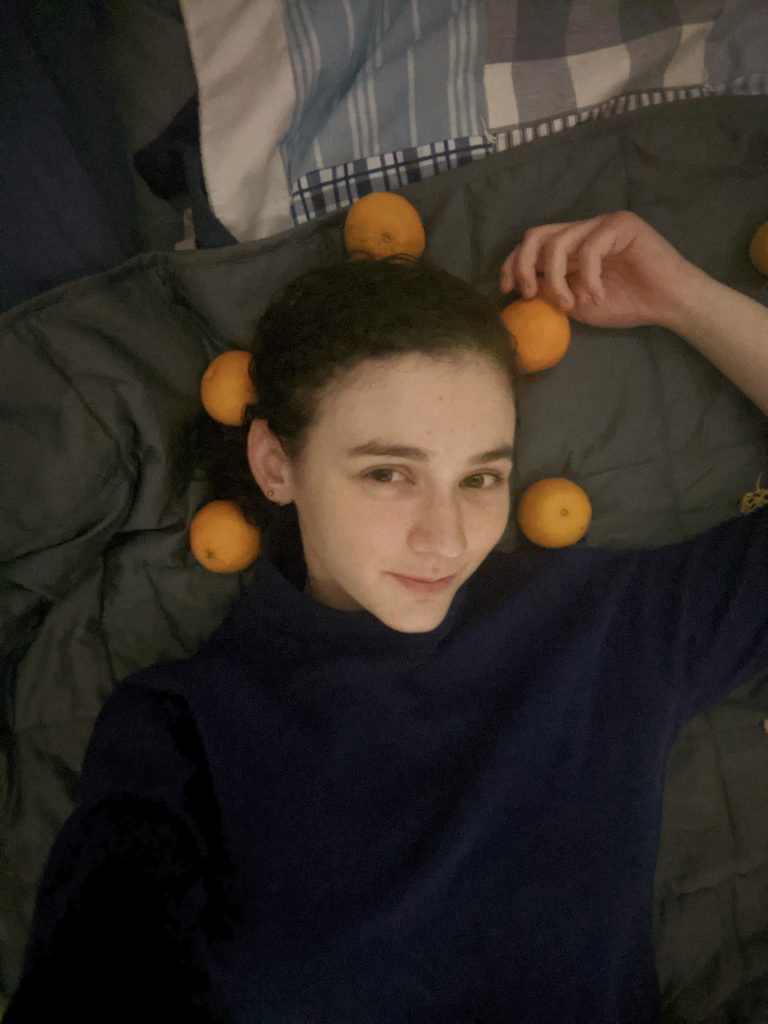
Tamar Cohen, all pronouns 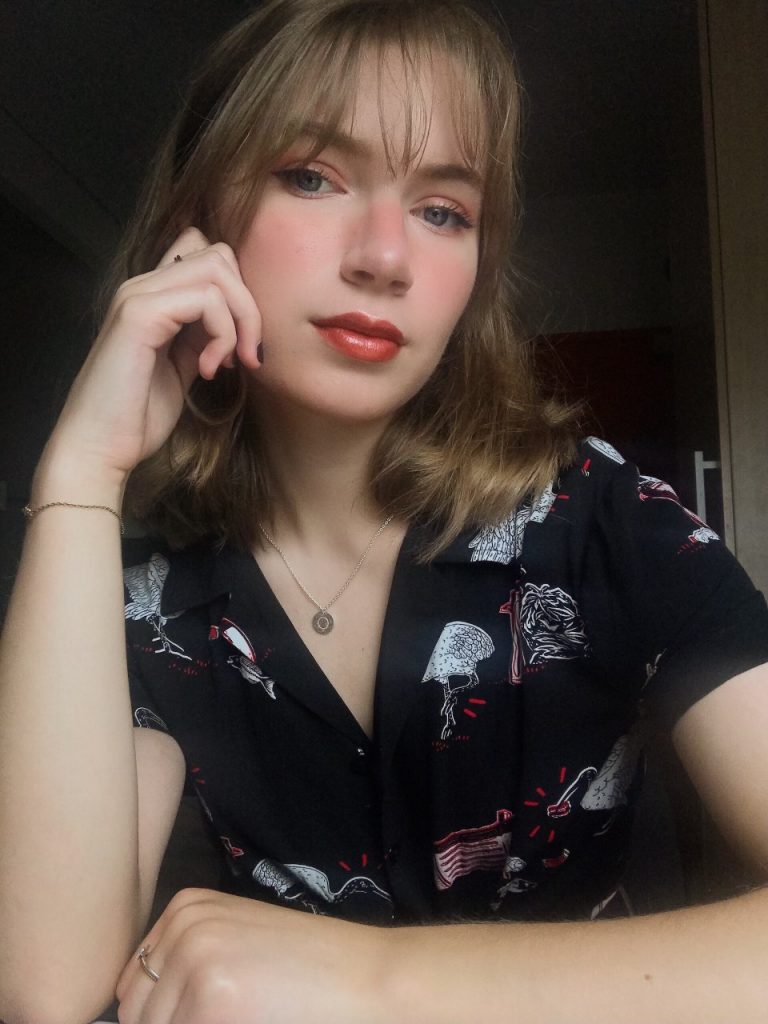
Olivia Gouck, she/her 
Elise High, she/her 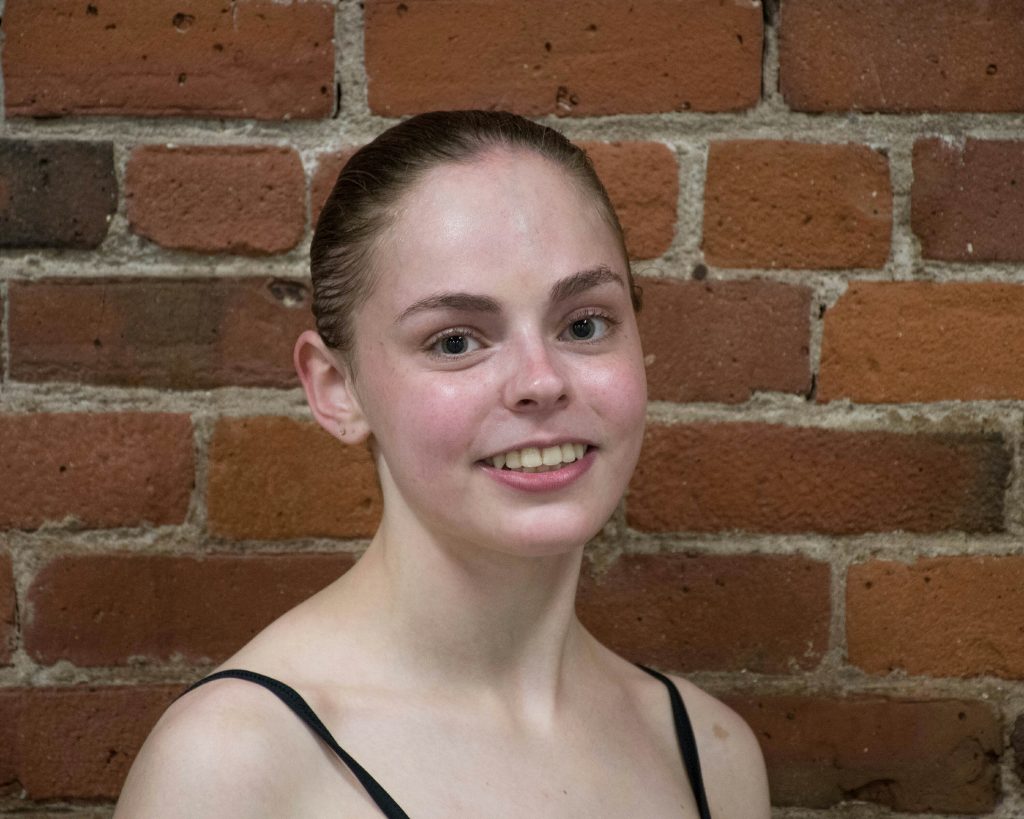
Hannah Nagy, she/her
Artist Statement
As an artist, I see play and joy between collaborators as leading to meaningful movement in multiple ways. With a foundation in ballet, I incorporate the techniques of dance genres such as modern, contemporary, and musical theater, as well as the ways of making and performing they offer. I set structures and rules in my pieces, groundwork which then allows me to explore manifestations of the repressed consciousness. In addition, I enjoy the fantastical and look to my love of storymaking–as well as my Jewish and theatrical roots–for inspiration. It is within these accumulated values that I open space for communal joy.
Excerpt from Portrait of An Artist, Izzy Kalodner
Written by Anna Hendricks, October 2020
Izzy Kalodner is a maker and lover of high drama fantasy. Izzy uses the form of the fantasy story, both in her work as a creative writer and as a concert dance choreographer, to create space for play and joy; for herself, her dancers and her audience.
Izzy is particularly interested in reading and creating gothic fantasy. Being unfamiliar with the genre of the gothic story myself, I asked Izzy what attracted her to the form. “You need to have evil and darkness to have light,” she says. “All gothic stories have the possibility of complicated but happy endings. Dark moments that end in happy futures.” Gothic stories, Izzy explains, bring forward the hidden, socially deviant desires of the characters. There is both a lightness and a dramatic excitement in Izzy’s voice as she talks. It is clear she loves the theater of it all.
This year Izzy is embarking on an ambitious new project, the creation of a gothic inspired “dream ballet”. Izzy’s commitment to use the structure of dance making as a space for laughter and play remains a strong current. And perhaps the structure of the gothic story will aid in the process. In Izzy’s gothic dream ballet joy will be had both in the making and, after a good dose of darkness, will be felt by the audience through the content itself.
Interestingly, as Izzy is crafting this new gothic dream ballet, she is also deeply embedded in research about Jewish gothic stories. She explained to me that the majority of gothic stories rely on tropes of Christianity. Many gothic tales are openly antisemitic. As a Jewish person herself, Izzy found herself wondering, “can you tell a gothic tale that isn’t Christian?” I find this question highly related to the question posed by her choreographic work, “can you create a dream ballet without the ballet?” In both endeavors, Izzy is working with material created in the context of a particular framework. But Izzy has taken the material; the dream ballet and the gothic story, and placed them out of their contexts. What will remain? How will the material be changed, tell different stories, without the frameworks they have been created inside of? Izzy is excited to find out.
Acknowledgements:
Many and eternal thanks to my cast of collaborators: Mo Crawshaw, who wholeheartedly dedicated her passion and her time to a piece she would not perform; Isabela Haskell, who stepped in last minute with aplomb and dedication; Tamar Cohen, who inspired many of the Jewish perspectives and gothic threads that wander through this work; Elise High, who I told three years ago would be in my capstone and who stepped up to bat with incredible steadiness; Olivia Gouck, whose energy and positivity lit up the room and the zoom screen; and Hannah Nagy, who was a shoulder to complain on and without whom I would never have finished this work. Words can not encapsulate what an honor it was to dance with them. Much love, always.